On September 9, 1994, NASA's space shuttle Discovery embarked on its 19th journey into space, marking the beginning of the STS-64 mission. This 11-day space mission showcased the shuttle's capabilities and the crew's expertise, making significant strides in space exploration. The six-person crew, led by Commander Richard Dick N. Richards, consisted of Pilot L. Blaine Hammond and Mission Specialists Jerry M. Linenger, Susan J. Helms, Carl J. Meade, and Mark C. Lee. Throughout the mission, the team carried out groundbreaking tasks, ranging from atmospheric studies to satellite deployment, all while operating within Earth's orbit.
One of the major highlights of this space mission was the use of the LIDAR (light detection and ranging) In-space Technology Experiment (LITE). For the first time in history, astronauts used a laser from space to study Earth’s atmosphere. Mounted in Discovery’s payload bay, LITE gathered crucial data on cloud cover, atmospheric conditions, and airborne dust. The experiment, developed at NASA’s Langley Research Center, operated for 53 hours, providing 43 hours of high-quality data. This information was shared with 65 research groups in 20 countries, making the mission a milestone in atmospheric research from space.
Another key experiment conducted during the mission was the Shuttle Plume Impingement Flight Experiment (SPIFEX). Helms and the crew used the shuttle’s robotic arm, the Remote Manipulator System (RMS), to control a 33-foot boom that helped study the shuttle’s Reaction Control System (RCS) thrusters. Over the course of the mission, SPIFEX provided new insights into how the shuttle’s thrusters affected its environment, allowing the crew to capture unique video footage of the orbiter from various angles.
STS-64 was also notable for deploying and retrieving the SPARTAN-201 satellite, a device used to study the Sun’s corona and the acceleration of the solar wind. Helms successfully deployed the satellite from the shuttle’s payload bay on day five of the mission. Over the next two days, SPARTAN gathered data on solar wind and solar atmospheric phenomena. On the seventh day, Discovery rendezvoused with SPARTAN, and the crew retrieved the satellite, further demonstrating the shuttle’s capabilities in satellite operations in space.
A historic moment during the STS-64 mission occurred when astronauts Lee and Meade conducted a spacewalk to test the Simplified Aid for EVA Rescue (SAFER) device. This device was designed to help astronauts maneuver and return safely to their spacecraft if they became detached during a spacewalk. The successful test of SAFER proved crucial for future space missions, as the device became a standard tool for astronauts working outside the International Space Station (ISS).
After completing their mission, the crew prepared Discovery for re-entry into Earth’s atmosphere. On September 20, 1994, the shuttle touched down smoothly at Edwards Air Force Base after completing 176 orbits around Earth. The STS-64 mission lasted 10 days, 22 hours, and 50 minutes, solidifying its place in NASA’s history of successful space exploration.
Discovery’s STS-64 mission not only advanced our understanding of Earth’s atmosphere and solar phenomena but also contributed to the development of space technologies that continue to be used today. This space mission demonstrated the versatility of the space shuttle and set the stage for future collaborations on the International Space Station, further enhancing humanity's efforts to explore and understand space.

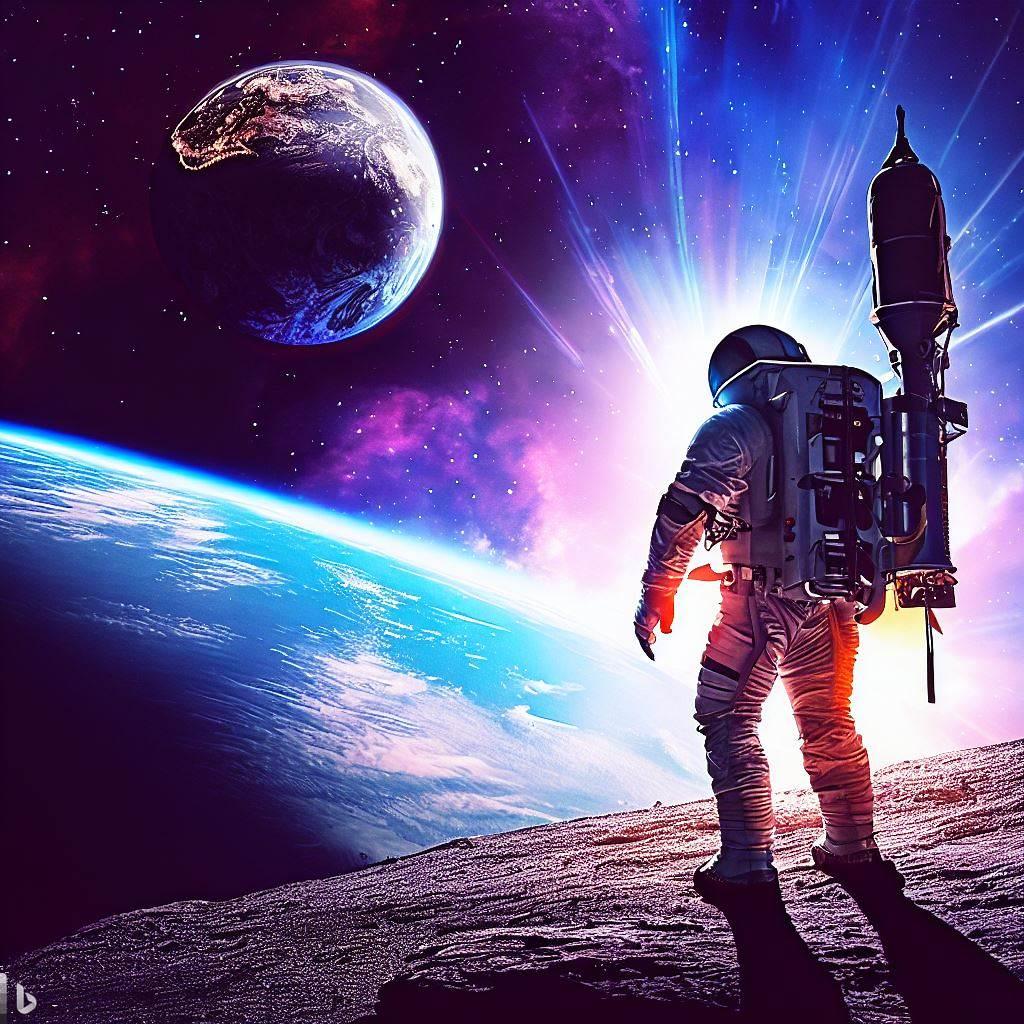
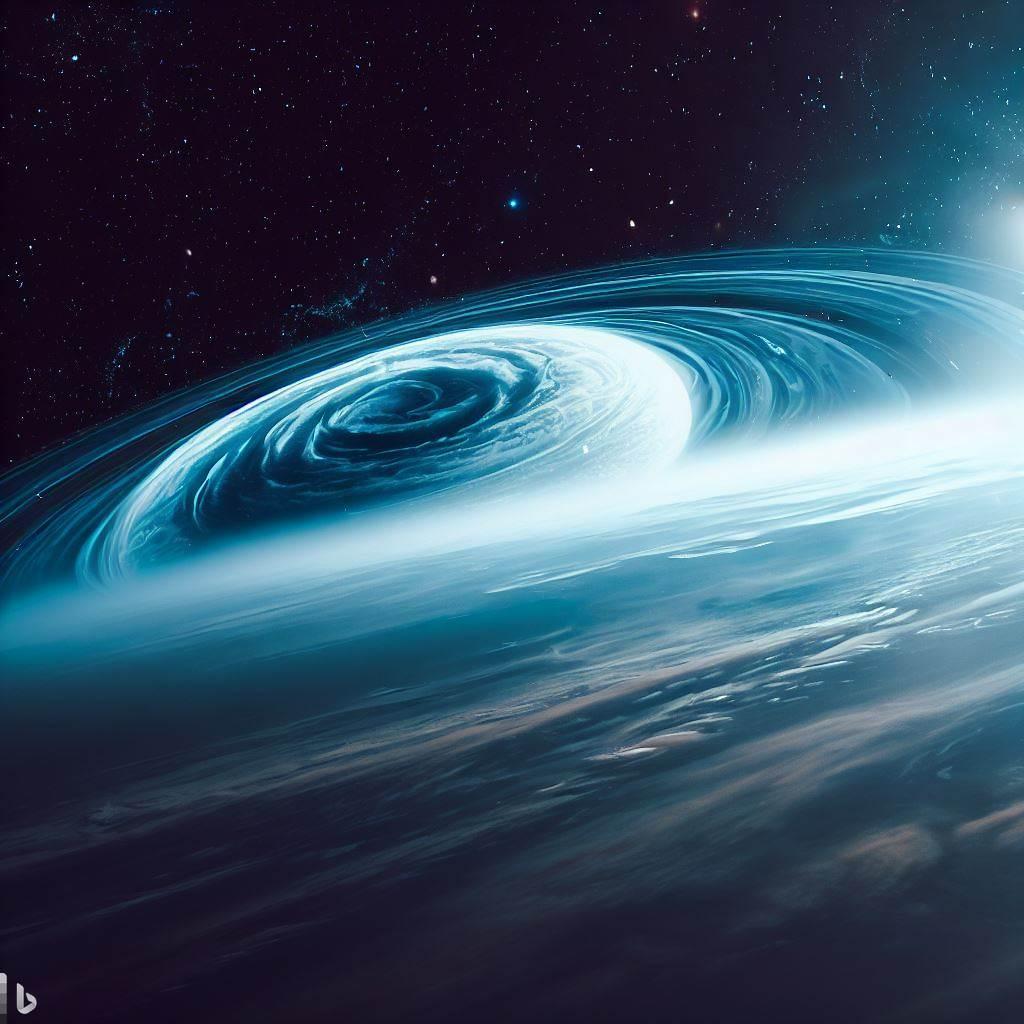
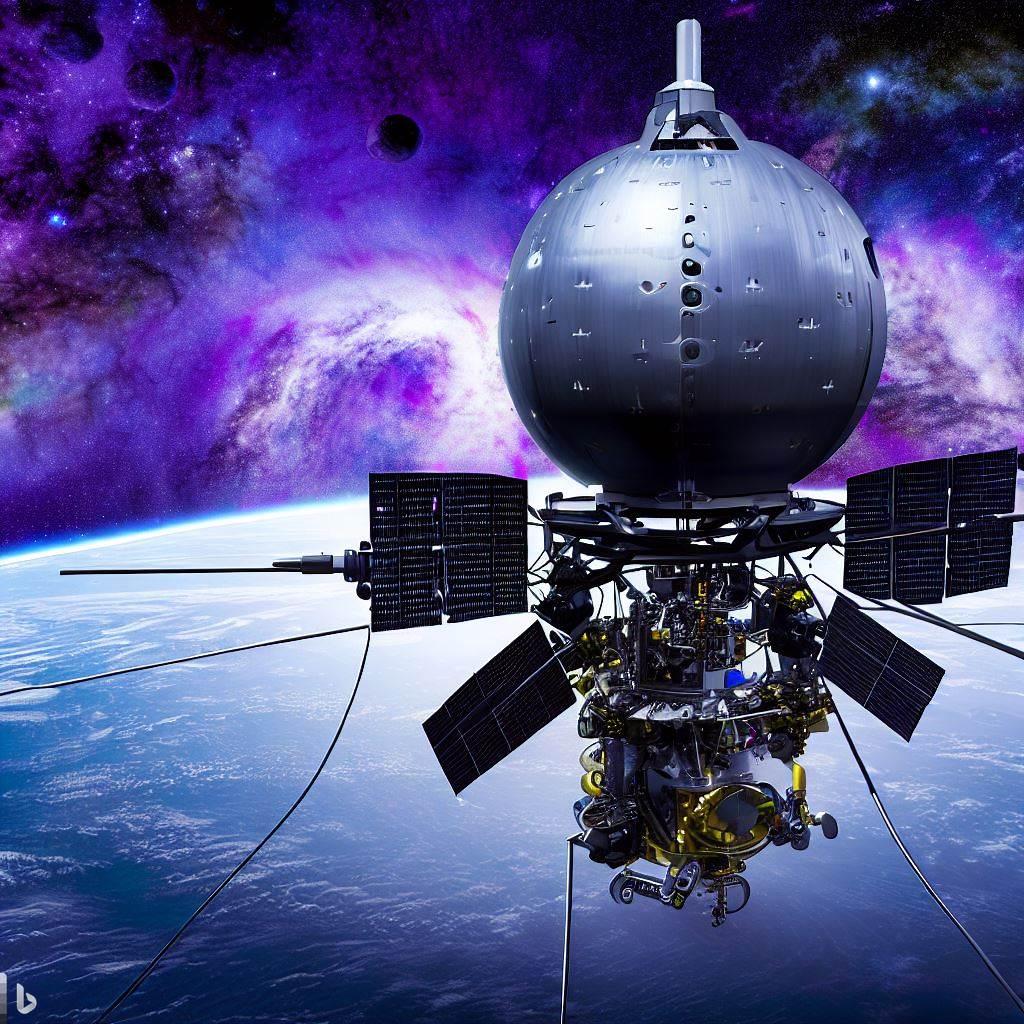

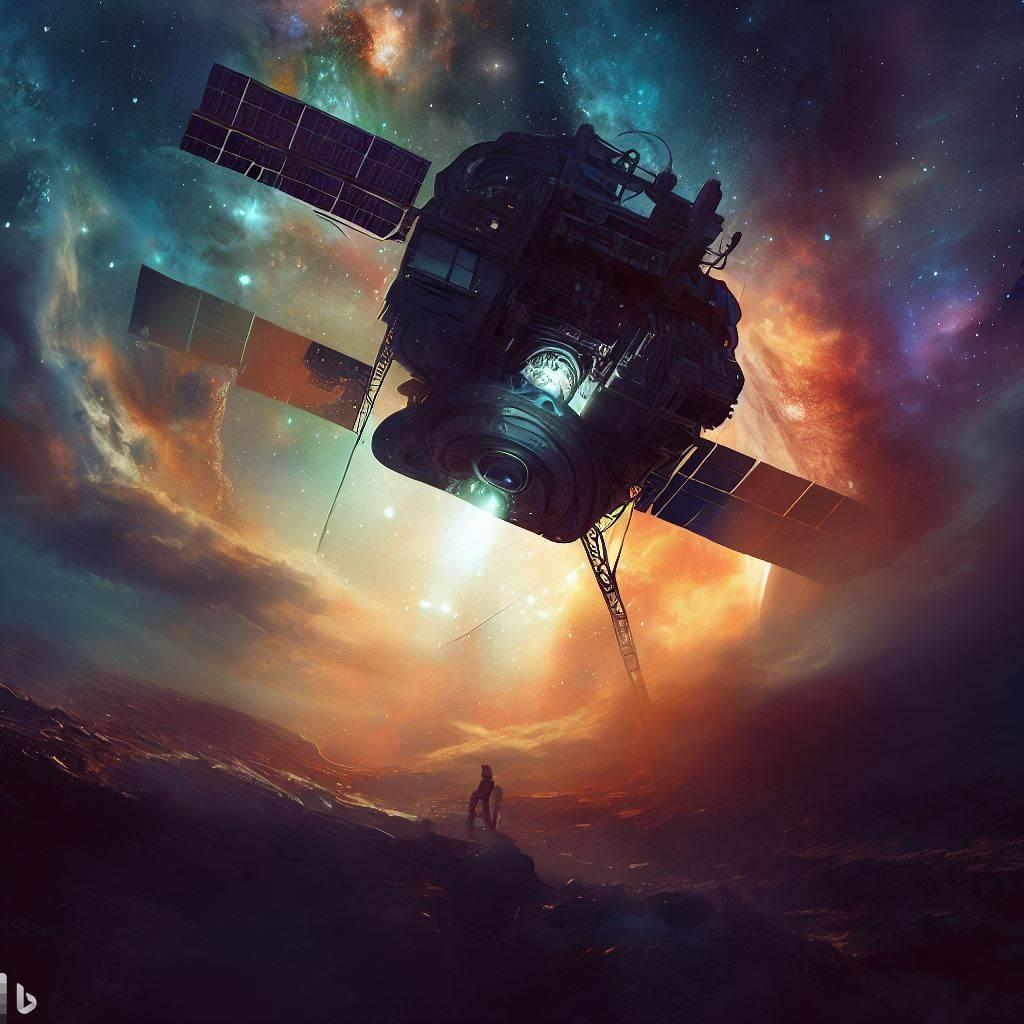
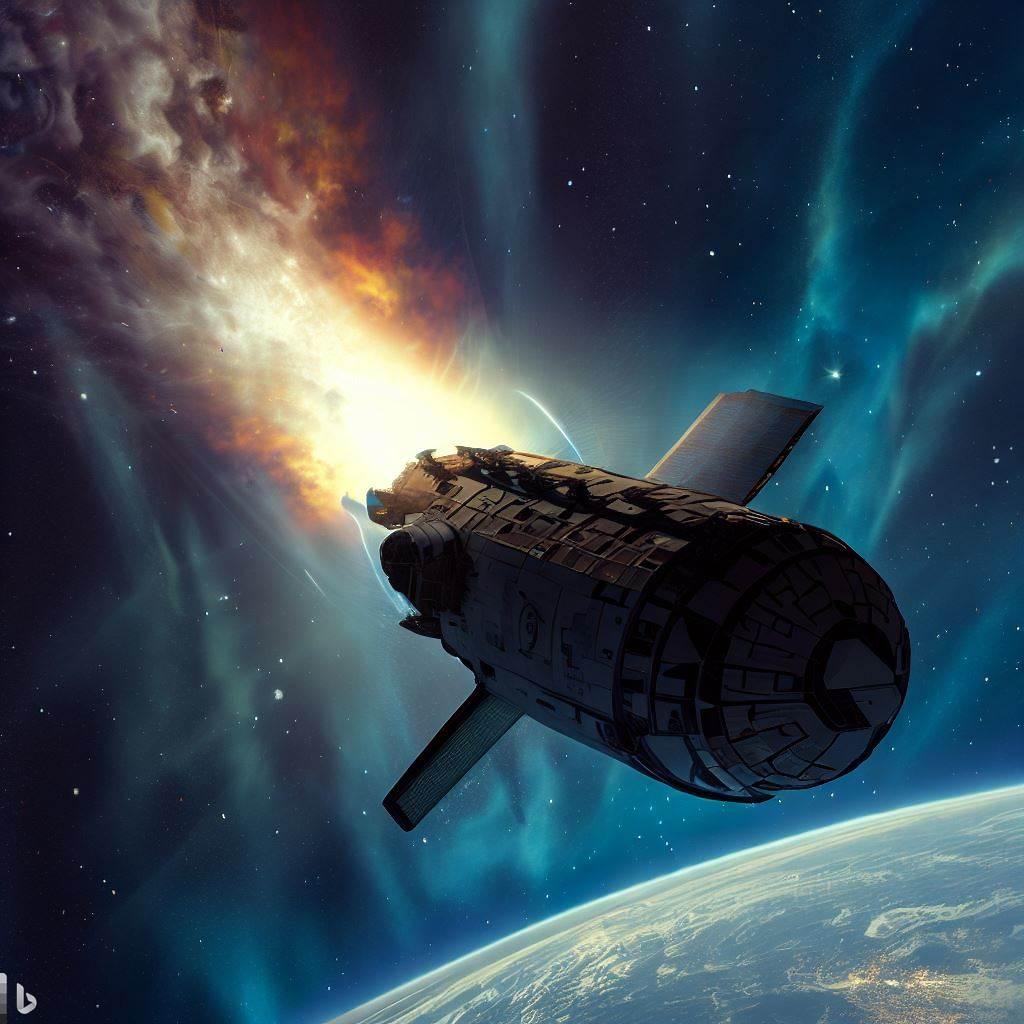


Add a Comment: